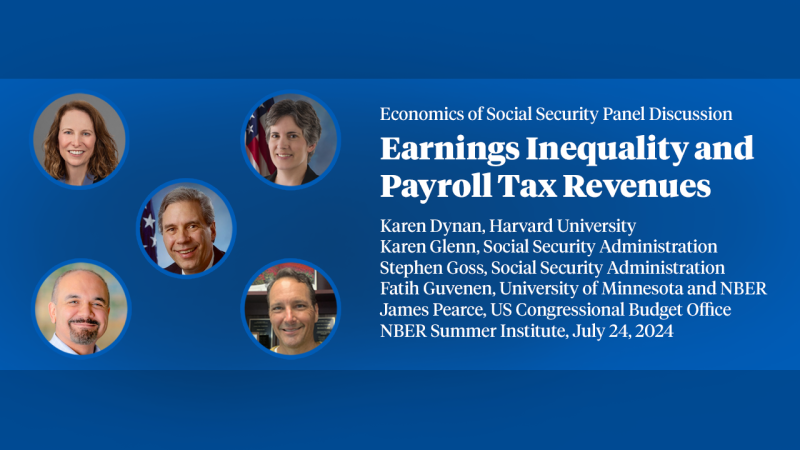The Social Returns to Public R&D
Recent empirical evidence by Fieldhouse and Mertens (2024) points to a strong causal link between federal nondefense R&D funding and private-sector productivity growth, and large implied social returns to public R&D investment. We show that these high social return estimates broadly align with existing evidence on the social returns to private or total R&D spending. If the R&D increases authorized under the CHIPS and Science Act were fully appropriated, our modeling indicates a boost in US productivity within a few years, reaching gains of 0.2–0.4 percent after seven years or more. At their peak, the direct productivity effects of the implied expansion in nondefense R&D alone would raise output by over $40 billion in a single year—exceeding total outlays from the CHIPS Act R&D provisions over a decade. The potential productivity impact of fiscal consolidations changing R&D spending is not clear ex ante. We show that in recent fiscal consolidations, cuts to federal R&D funding were largely borne by defense R&D, whereas funding for nondefense R&D was largely spared or was increased. Our evidence suggests that future deficit reduction efforts that instead emphasize cuts to nondefense R&D funding could have a larger adverse impact on productivity and economic growth than previous fiscal consolidations.


